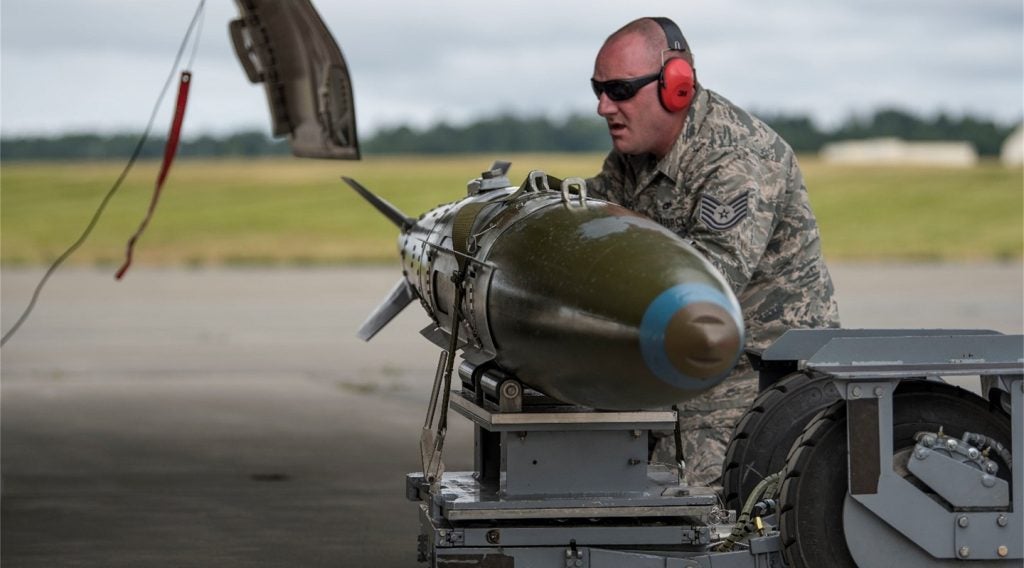The Brazilian Air Force (FAB) has completed the critical design review (CDR) of the geostationary defence and strategic communications satellite (SGDC) programme in Toulouse, France.
Undertaken in collaboration with experts from Telebras, the Brazilian Ministry of Defence and the National Institute for Space Research, the review involved a thorough examination of the domestically built satellite’s systems and subsystems to ensure that the project meets requirements for manufacturing.
The CDR was also supported by the Brazilian Space Agency, Visiona, Brazil’s defence and air attaché and the military attaché, as well as military personnel from the Brazilian Air Force’s Main Special Operations Centre, Núcleo do Centro de Operações Espaciais Principal (NUCOPE-P).
NUCOPE-P commander colonel Hélcio Vieira Junior said: "This was the last step before manufacturing begins of a satellite that will be extremely important for the ministry of defence and for Brazil.
"In 2015, buildings will be built where the SGDC will be controlled. One will be in Brasilia, at the Sixth Regional Air Command, and the other in Rio de Janeiro, at the Naval Radio Station."
Built by Thales Alenia Space, SGDC is an X and Ka-band satellite, and will enable the deployment of a secure satellite communications system for the Brazilian Government and armed forces, through the national broadband plan (PNBL), with coordination from Telebras.
How well do you really know your competitors?
Access the most comprehensive Company Profiles on the market, powered by GlobalData. Save hours of research. Gain competitive edge.

Thank you!
Your download email will arrive shortly
Not ready to buy yet? Download a free sample
We are confident about the unique quality of our Company Profiles. However, we want you to make the most beneficial decision for your business, so we offer a free sample that you can download by submitting the below form
By GlobalDataThe 5.8t satellite, which is reportedly the first to be 100% controlled by institutions in Brazil, will be launched in 2016 and is expected to have a useful life of 15 years.
Once in orbit, it will have communications channels for exclusive military use that will ensure complete security of the country’s strategic transmissions.







